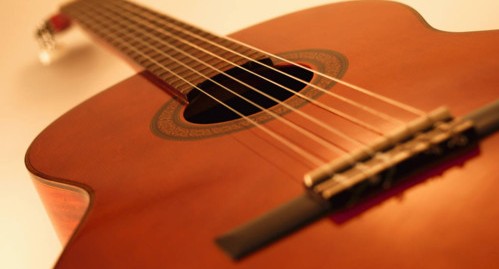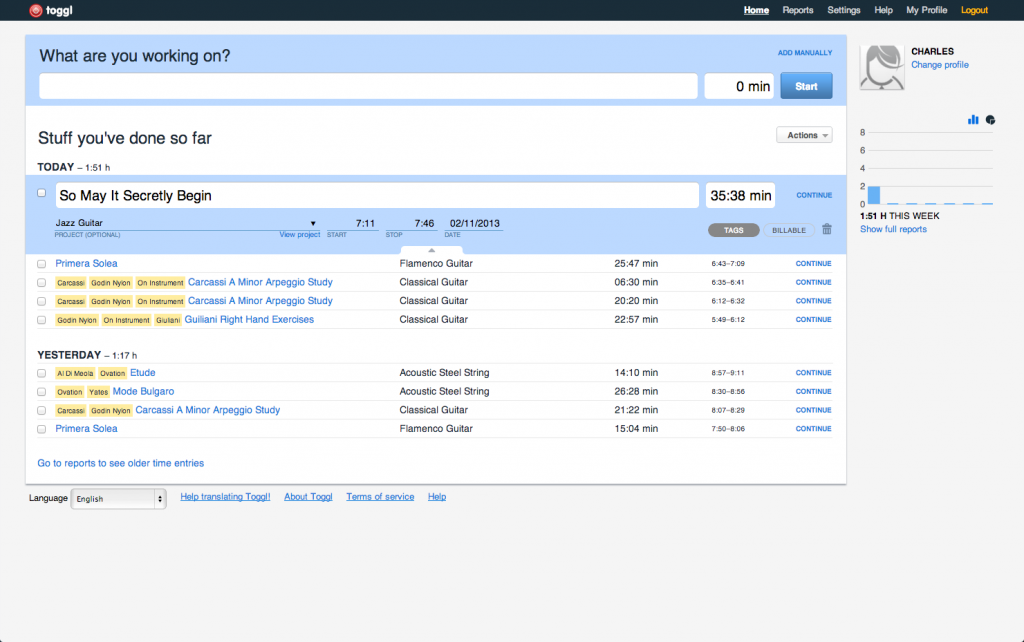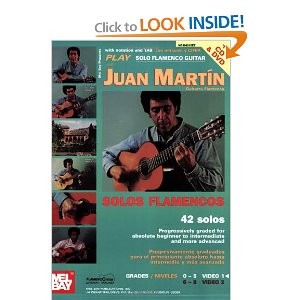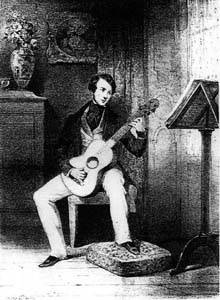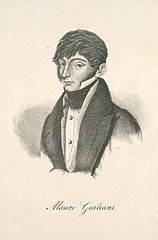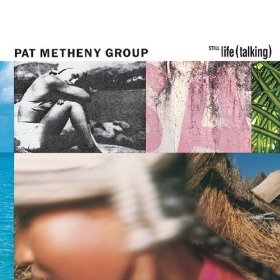 I recently was reminded by a friend of the great guitar music of Leo Brouwer. I first encountered his music when taking classical guitar lessons at Miami-Dade Community College from the great Classical guitarist Carlos Molina.
I recently was reminded by a friend of the great guitar music of Leo Brouwer. I first encountered his music when taking classical guitar lessons at Miami-Dade Community College from the great Classical guitarist Carlos Molina.
Brouwer’s music is just really interesting. His compositions are modern but they are Cuban.
I have now added Etude First Part from his Etudes Simples collection. HIs original score notates the piece at 104 although he doesn’t bother stating the tempo but notes when the piece should be finished in real time. However, Ricardo Cobo, in his Brouwer, Vol 1 albums play the piece at the more aggressive tempo of 184. In my opinion the syncopation of a piece really comes alive at the more aggressive tempos but in any case a great piece to study.
Below I have my rendition of the first few bars with some creative liberties added to give this snippet some sense of completion. I will work out the entire study and post that sometime later.
